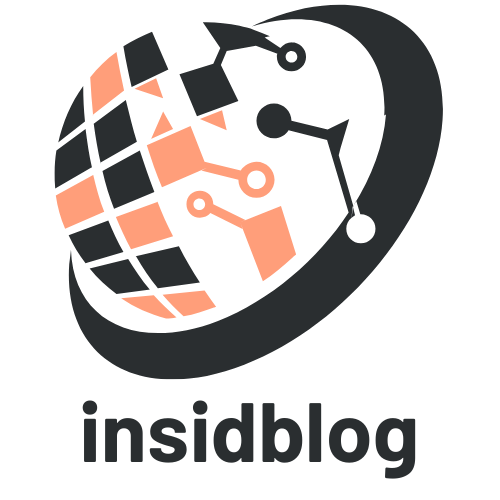In a world where technology evolves faster than a cat meme goes viral, public policy is playing catch-up. As governments scramble to harness the digital age, public policy technology emerges as the superhero in this narrative. It’s not just about drafting laws anymore; it’s about using innovative tools to create smarter policies that actually work for people.
Imagine a world where policymakers can analyze data faster than you can say “bureaucratic red tape.” With the right technology, they can transform complex issues into actionable insights, making governance not just efficient but also more transparent. Public policy technology isn’t just a buzzword; it’s the bridge between good intentions and real-world impact. Buckle up as we dive into how this tech revolution is reshaping the way policies are crafted and implemented.
Table of Contents
ToggleOverview of Public Policy Technology
Public policy technology serves as a transformative force in the interaction between technology and governance. Various tools and platforms emerge from this domain, promoting data-driven decision-making for public officials. Policymakers increasingly utilize these technologies to streamline processes and enhance policy effectiveness.
Data analysis stands at the core of public policy technology. Advanced analytics enables officials to extract insights from large datasets, revealing patterns and trends that inform policy adjustments. Machine learning algorithms provide predictive capabilities, helping to forecast potential impacts of proposed regulations.
Collaboration tools play a vital role in fostering engagement among stakeholders. These technologies facilitate communication between government agencies, private sectors, and the public. By leveraging platforms that range from social media to specialized forums, agencies can gather feedback and promote transparency.
Moreover, mobile applications offer real-time access to policy information. Citizens can engage with decision-makers more easily, resulting in informed public discourse. This accessibility ensures that policy proposals reflect the community’s needs, enhancing civic participation.
In addition, automation tools streamline repetitive tasks within policy-making. Activities like document generation and stakeholder outreach become more efficient, allowing policymakers to focus on strategic initiatives instead. By reducing manual workloads, agencies allocate resources to areas that directly impact the public.
Overall, public policy technology represents a significant shift in how governments approach policy development. As technology continues to advance, it reshapes the landscape of governance and drives accountability, adaptability, and responsiveness in public administration.
Key Components of Public Policy Technology

Public policy technology comprises essential elements that enhance governance through innovation and data-driven solutions.
Data Analytics in Policy Making
Data analytics plays a pivotal role in public policy. Policymakers use advanced analytical tools to interpret vast amounts of data for informed decision-making. Machine learning algorithms analyze trends, enabling predictions about the potential impact of proposed regulations. This capacity to extract actionable insights transforms how policies are formulated, introducing a dynamic approach to governance. Efficient data utilization fosters greater transparency, increasing public trust in government actions. Insights derived from analytics support evidence-based policies that directly address community needs, making government responses more relevant and effective.
Digital Platforms for Civic Engagement
Digital platforms enhance civic engagement by fostering communication between citizens and government entities. These platforms enable real-time exchanges of ideas and feedback, creating a participatory environment. Mobile applications serve as gateways for individuals to access policy information and voice their opinions. Engaging communities through social media channels also helps bridge the gap between the public and decision-makers. As citizen involvement grows, policymakers can better understand public sentiment, ensuring policies reflect the values and desires of constituents. Enhanced civic engagement strengthens accountability and responsiveness in governance.
Impact on Policy Implementation
Public policy technology significantly transforms how policymakers implement and evaluate policies. It streamlines processes and fosters responsiveness to community needs.
Case Studies of Successful Applications
Smart city initiatives illustrate effective public policy technology applications. Cities like Barcelona and Singapore leverage data analytics to optimize traffic management, enhance public transport, and reduce energy consumption. In the U.S., Los Angeles employs an open data platform, increasing transparency and enabling residents to access real-time information about city services. Another success story includes New Zealand’s Digital Services team, which uses digital tools to engage citizens in policy discussions, resulting in more informed decision-making. Each of these examples highlights the capacity of technology to improve efficiency and adapt to evolving civic demands.
Challenges and Limitations
Despite its benefits, public policy technology faces challenges. Data privacy concerns often arise when collecting and analyzing citizen information. Limited access to technology can exclude certain populations from participating in the policymaking process. Additionally, integrating traditional governance structures with innovative tech solutions may encounter resistance among officials and stakeholders. Another significant limitation involves ensuring that technology does not perpetuate existing biases in data collection and analysis. Addressing these issues is crucial to maximizing the effectiveness of public policy technology initiatives.
Future Trends in Public Policy Technology
Emerging trends signal a rapid transformation in public policy technology. Governments increasingly rely on artificial intelligence for enhanced data analysis capabilities. Innovative tools promote real-time decision-making and support adaptive policies that meet evolving societal needs.
Data transparency rises as a priority. Public officials now utilize platforms that allow citizens to track ongoing policy developments and access relevant data. Increased civic engagement fosters collaboration between communities and policymakers, creating a stronger democratic process.
Integration of machine learning strengthens predictive analytics in policymaking. By harnessing these technologies, governments can anticipate the societal impact of regulations before implementation. Enhanced accuracy in forecasting leads to more effective and targeted policies.
Another significant trend involves mobile applications. These apps maximize access to policy information in real time, enabling citizens to provide immediate feedback on legislative proposals. Improved communication channels keep stakeholders informed and engaged throughout the policy lifecycle.
Automation tools continue to streamline bureaucratic processes. By reducing repetitive tasks, policymakers focus on strategic initiatives that require human insight and creativity. This shift promotes efficient resource allocation and encourages innovative solutions to complex problems.
Public-private partnerships also reshape the landscape of public policy technology. Collaborations between government entities and tech companies foster the development of new tools and platforms tailored to address specific community challenges. Such cooperation enhances overall responsiveness and accountability.
Finally, ethical considerations around data use are gaining prominence. Policymakers prioritize safeguarding citizen privacy while utilizing data for decision-making. Building trust in public institutions remains essential for the successful adoption of emerging technologies in governance.
Public policy technology is redefining the relationship between governance and society. By leveraging data analytics and innovative tools, governments can enhance transparency and responsiveness. This transformation not only fosters civic engagement but also allows policymakers to address community needs more effectively.
As technology continues to evolve, the potential for improved decision-making grows. However, attention to ethical considerations and data privacy remains crucial. Building trust between citizens and public institutions will be key to the successful integration of these technologies. Embracing public policy technology promises a future where governance is more accountable, adaptive, and aligned with the values of the communities it serves.



